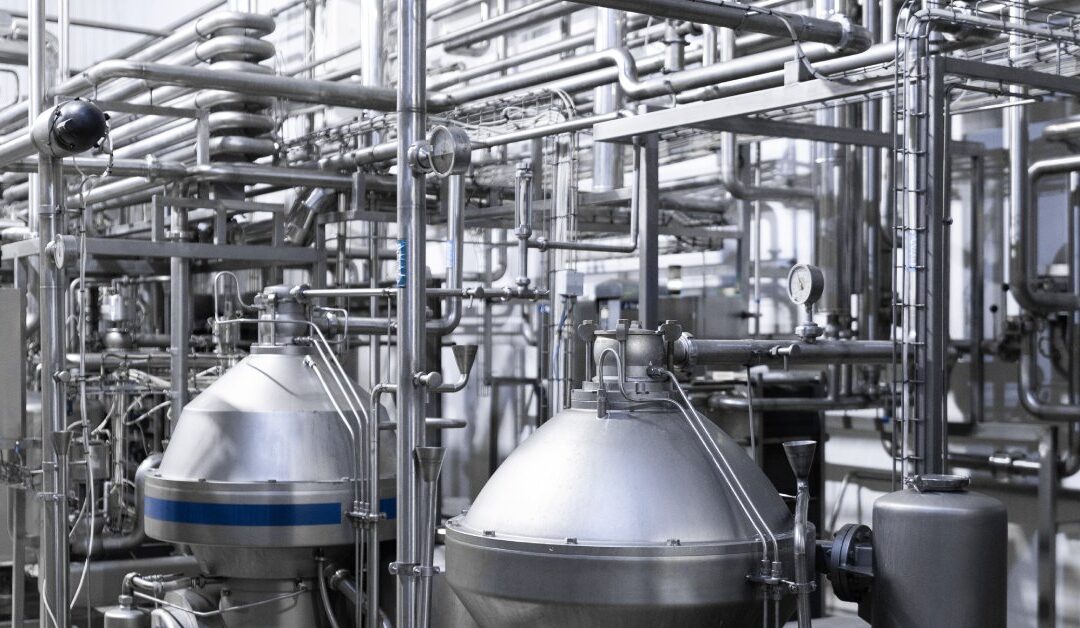
by Prateek | May 22, 2025 | Blog
Solvent cleaning machines have become essential for manufacturers who handle large volumes of flammable, expensive, or regulated chemicals. Facilities across the United States now face tighter waste regulations, higher disposal fees, and stricter environmental audits.... 
by Prateek | May 20, 2025 | Blog
Manufacturers in cabinetry, boat building, composite fabrication, and large-scale painting rely on solvent purity to protect product quality and operational efficiency. Purity directly influences material adhesion, surface appearance, chemical reactions, and... 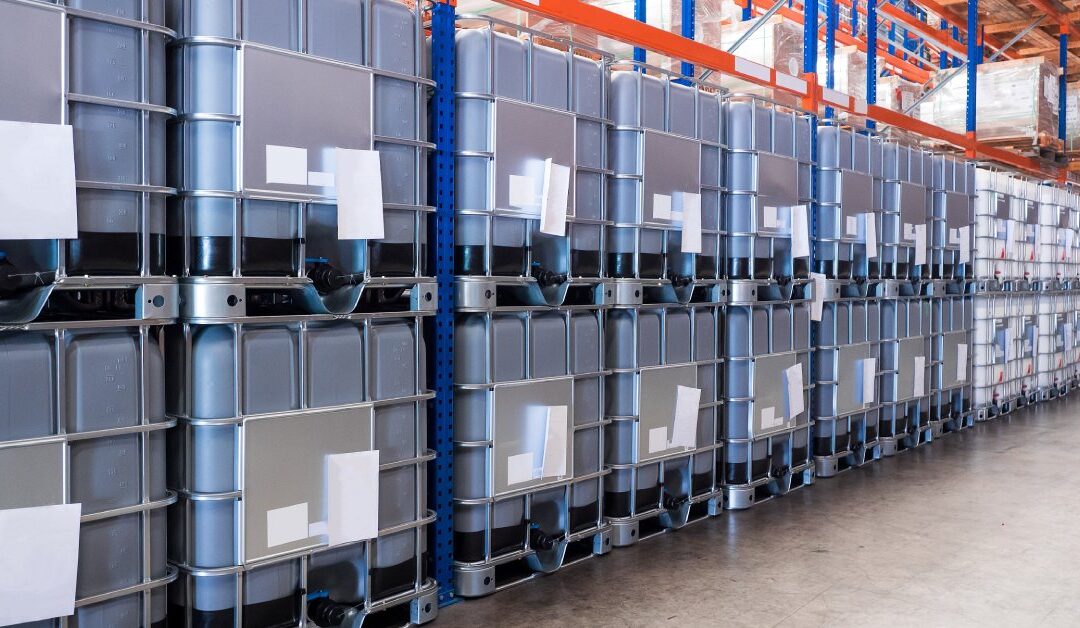
by Prateek | Apr 8, 2025 | Blog
Solvent warehousing plays a central role in keeping industrial and chemical operations compliant, safe, and functional. Poor storage practices lead to regulatory violations, costly spills, and dangerous working conditions. Facilities must consider ventilation,... 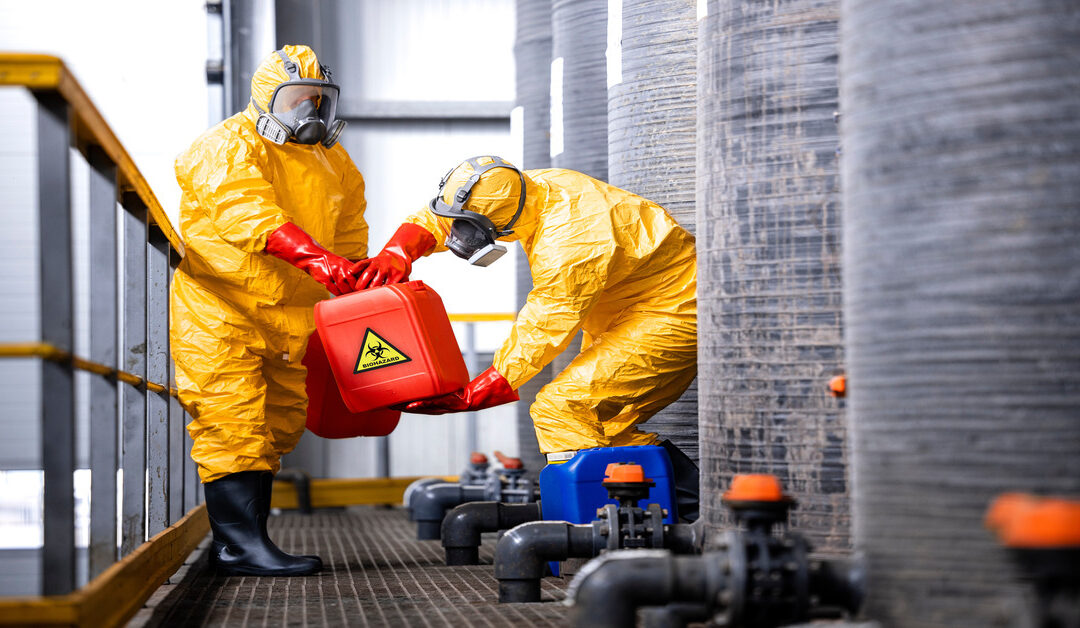
by lpsepcampaign | Mar 31, 2025 | Blog
Solvents support critical experiments and processes, but their mishandling can lead to serious consequences. Whether you’re running a research lab, a quality control center, or an educational facility, you must understand proper practices, as they can make a world of... 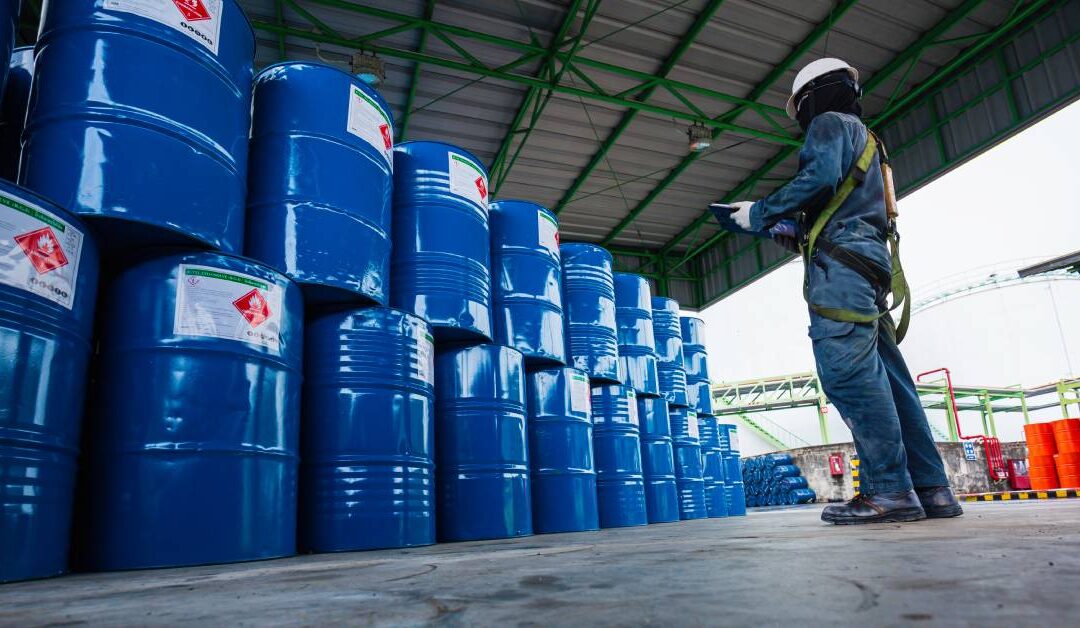
by Prateek | Mar 12, 2025 | Blog
Managing chemical waste can place a heavy burden on budgets, but the process doesn’t need to significantly drain resources. Certain practices can decrease costs without compromising compliance or environmental responsibility. Follow these tips for reducing the cost of... 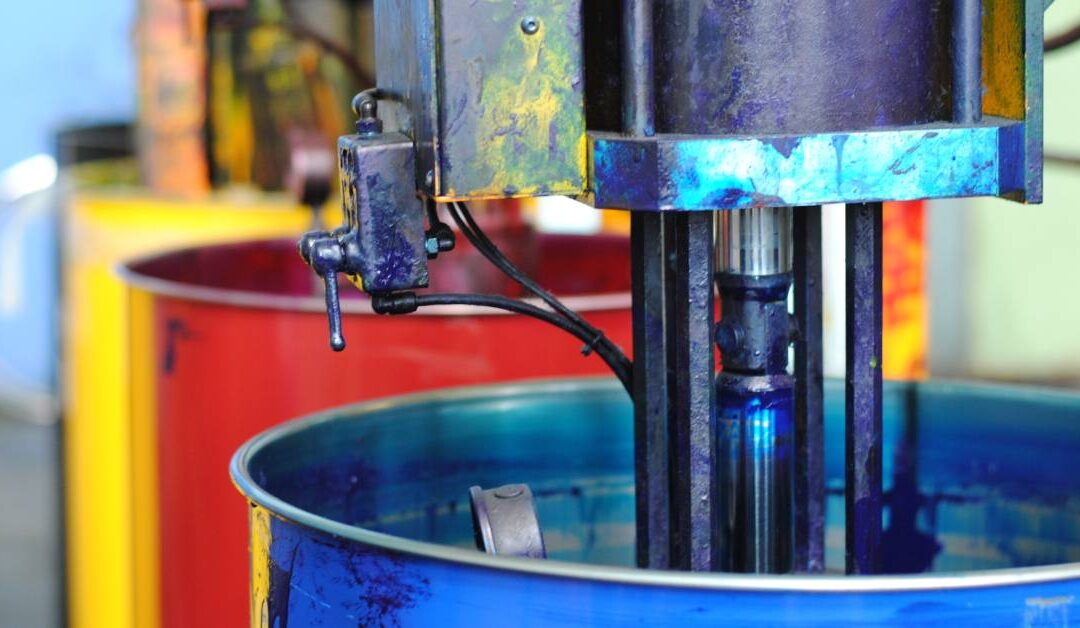
by Prateek | Mar 3, 2025 | Blog
The paint industry faces ongoing waste challenges, impacting operations and sustainability. Every step in paint manufacturing and application holds opportunities to reduce waste, from raw materials to packaging. The right strategies can lead to cost efficiency, better...






